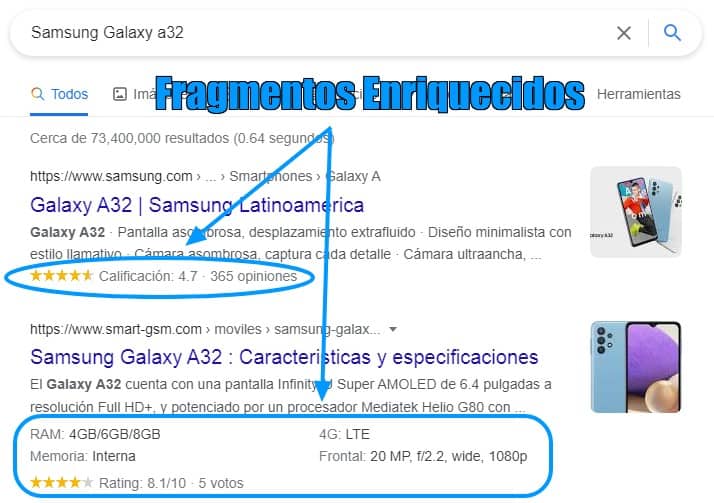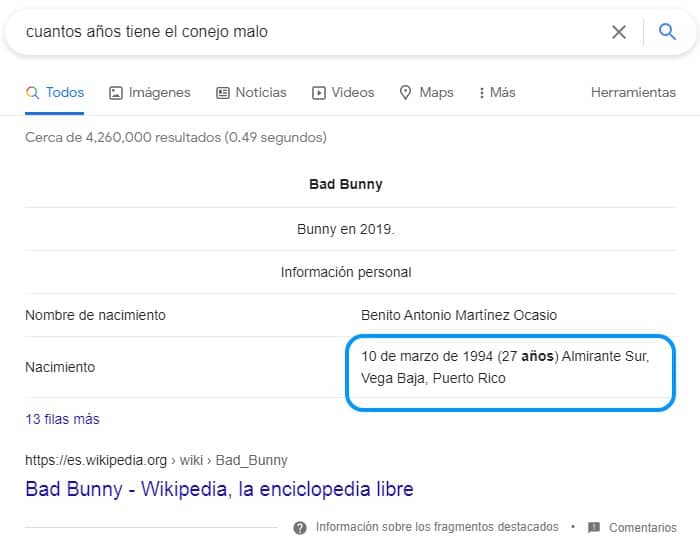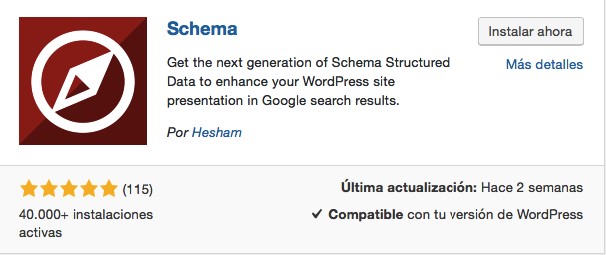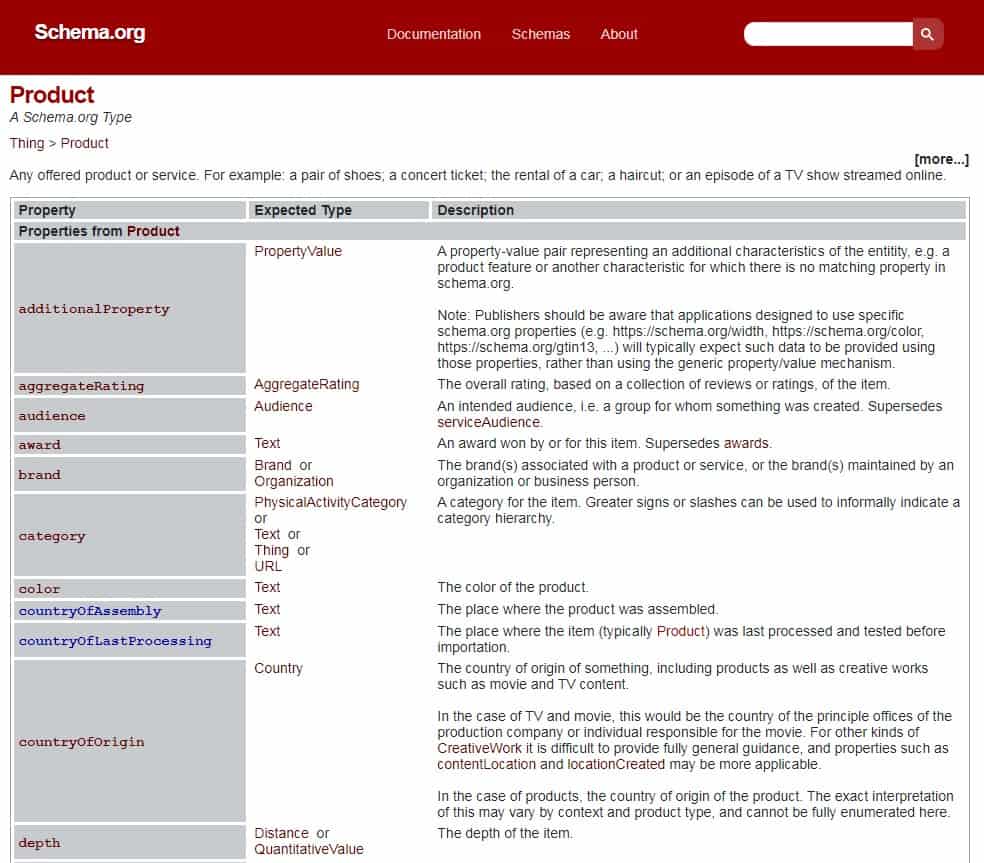Structured data are tags that can change the way your website is displayed in the search results. This is good to increase your click-through rate (CTR), although this does not apply to all topics. Depending on your theme, this can mean little or a lot for your page to perform better on Google’s search results page.
What is written data?
These are tags that have become a standard model thanks to their great utility. These allow you to add extra information to the content of your web page. This makes it easier for search engines like Google to find, interpret, organize and display the information in the best way, creating what is called Rich Snippets.

Why are they important?
Search engines take into account everything that improves the user experience, such as structured data. Therefore, depending on the theme of your website, it can be of great value to rank in Google above your competition.
On the other hand, structured data is used to highlight certain elements that search engines would not understand if they were not framed.
Also, imagine being ranked fifth and receiving more clicks per view than the page ranked first. That, if you properly address the search intent, will help you rank higher.
In case you want to see a sector where its importance is high, just take a look at the food recipes sector.

How structured data improves your SEO
1. You get rich snippets
Rich snippets are more visually appealing, so they stand out from the competition that is also in the search results.
More attractive = More attention = More clicks per view. In other words, if 10 people look and 2 click it is a 2/10. With the rich snippet, we seek to increase this number, achieving a 4/10, 5/10…
2. You enter the Google Knowledge Graph
A database with information about entities and the relationships between them. Your brand, your person, or your product can become an established entity thanks to structured data. The biggest benefit of getting a Knowledge Panel is that it will give you more visibility and brand authority.

3. You support semantic search
Semantic search refers to the research of the information related to the keyword. This means that without specifying the keyword, Google already understands what you are referring to.

As with the image above, without the need to say the artist’s name or stage name, Google already understands that you are referring to that artist.
4. Support your E-A-T
There are 3 key characteristics that Google relies on when it comes to inspecting your website: Experience, Authority, and Trust. Structured data is precisely for this purpose, it will help Google to find information about your website, the content, and the authors of the content, making it easier to evaluate your E-A-T.
The 3 principal structured data formats
JSON-LD
This format is the most recommended by Google and is also the easiest to use when working with a programmer. The language used is JavaScript and it is implemented by embedding the <script> tag in the web page. The <script> framing is embedded in the header or body of the page. Not in the content.
The reason why Google recommends employing JSON-LD is that it can be added dynamically through the JavaScript language, Google Tag Manager, or a CMS plugin such as Schema.org.

Microdata
These are HTML code structures. These can be implemented both in the header and in the body of the page. It is normal to use this method when you only want to work on a specific page such as your contact page. A single page, not all of them.
RDFa
This method is part of an HTML5 extension that supports HTML tag attributes. It’s not the most common way to use this method, but when implemented it is the same as placing microdata. It can be placed either in the header or in the body of the page.
Test your structured data before placing it
An experienced programmer tests the code before implementing it to avoid errors. To do this, use the structured data testing tool, place your code snippet or link and see if the framing is valid.
Schema.org is the website for finding all types of structured data
Depending on your site you will need certain types of framing, since not all of them have the same functions. It is not the same structured data for an online store as for a magazine or a cooking blog. You will have to choose among those that fit the themes of your website.
And for that, we are going to need a page that offers us the framing we need. This is where Schema.org comes into play. In it, we will find more than 800 types of schemas and 1369 associated properties.
In Schema.org you are going to get all kinds of structured data for content or functionality such as FAQs, breadcrumbs, navigation paths, logos, employee postings, snippets of reviews, books, movies, and so on.
Each type of structured data you are going to use covers different internal HTML elements. As an example, we will use the structured data frames that are used as a standard for a product listing.

If you work with an online store this is something you should use. Because if a user searches for a product and comes across your result, he will already be looking for ratings, features, price, etc. This way you will get a higher CTR because you will be offering information that the competition does not.
The lists of attributes offered by Schema.org can be very long, although it is not necessary to complete all of them. It is only advisable to look at those that match the characteristics of your product. Even so, there will always be some that are so basic that any online store should include them:
- Type of product
- Name
- Image
- URL
- Description
- Brand
- Average product rating
- Availability
- Price and currency
Conclusion
Structured data is useful for increasing the click-through rate. But as you may have noticed, it does not apply to all types of websites. Some websites will need to use it, others won’t.
This process will seem a bit technical and perhaps scary, but after you learn how to use it, it will be simple and quick to do. Here I leave you a guide so you can learn how to do it: Schema Markup Guide.




